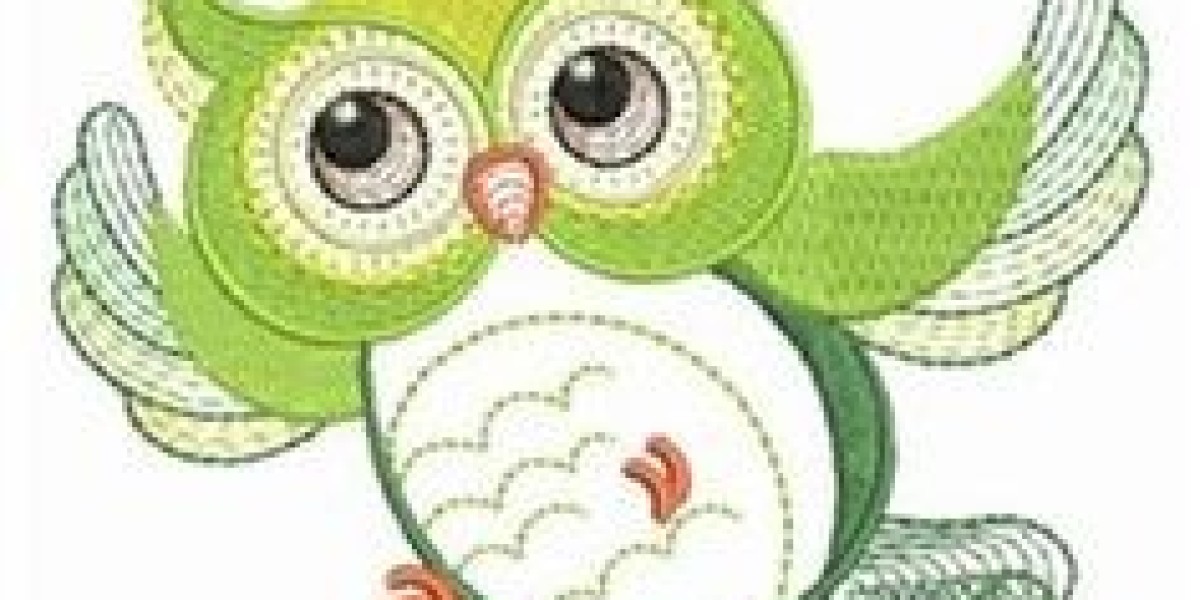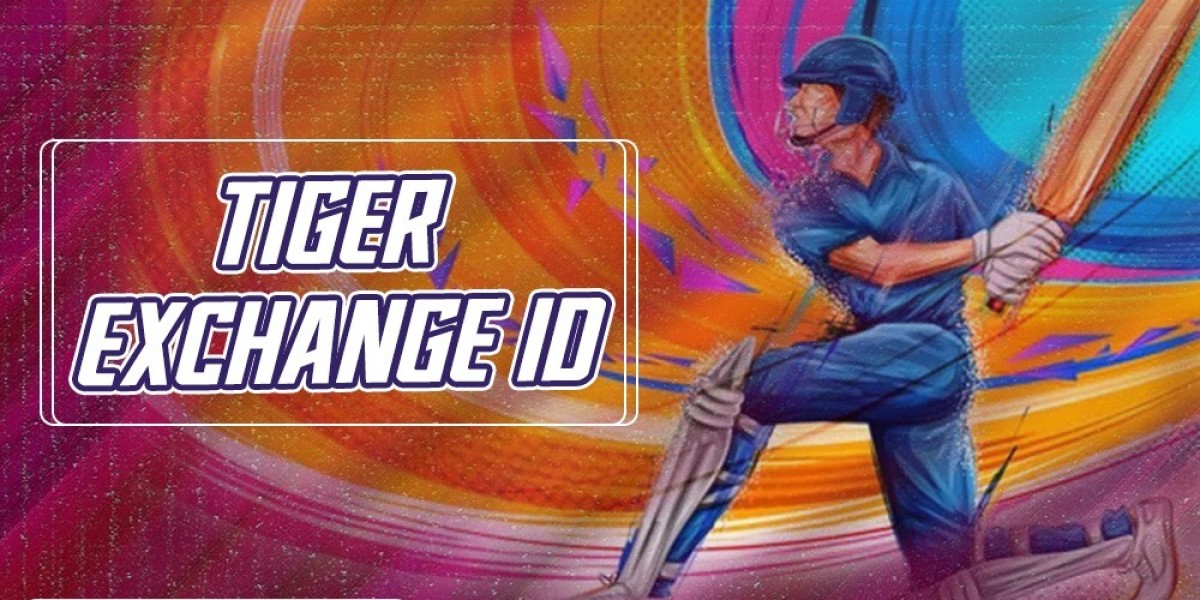Embroidery digitizing services have revolutionized the world of custom quilt blocks, providing quilters with the tools to create intricate and personalized designs. This article delves into the benefits, processes, and tips for utilizing embroidery digitizing services for custom quilt blocks, ensuring your quilting projects are both unique and professional.
Understanding Embroidery Digitizing Services
Embroidery digitizing services involve converting artwork or designs into a digital format that embroidery machines can read. This process is crucial for creating detailed and precise embroidery patterns, which are essential for custom quilt blocks. By transforming your designs into digital embroidery files, you can achieve consistent and high-quality results across multiple quilt blocks.
Benefits of Using Embroidery Digitizing Services for Quilt Blocks
Precision and Consistency: Digitized designs ensure that each quilt block is embroidered with the same level of detail and accuracy, eliminating the variations that can occur with manual embroidery.
Customization: With digitizing services, you can create completely unique quilt blocks tailored to your specific project, incorporating personal touches, intricate patterns, and even text.
Time Efficiency: Digitizing designs streamlines the digitizing embroidery service process, allowing you to produce quilt blocks more quickly and efficiently compared to traditional methods.
Professional Quality: Digitized embroidery designs often result in higher-quality finishes, with cleaner lines, more precise stitching, and fewer errors.
Flexibility: Digitizing allows for easy modifications and adjustments to designs, making it simple to resize, rotate, or tweak elements to fit your quilt blocks perfectly.
The Digitizing Process for Custom Quilt Blocks
1. Preparing Your Design
Before digitizing your design, it’s important to prepare your artwork. Ensure that the design is clear and high-resolution, as this will affect the final embroidery quality. If necessary, simplify the design by removing unnecessary details or elements that may not translate well into embroidery.
2. Choosing the Right Software
Selecting the appropriate digitizing software is crucial for achieving the best results. Popular software options include Wilcom, Hatch, and Brother PE-Design, each offering a range of features for different skill levels and requirements.
3. Setting Up the Design
Once your design is ready and you have chosen your software, the next step is to set up the design for digitizing. This involves:
- Importing the Artwork: Load your design into the software.
- Defining Stitch Types: Select the appropriate stitch types (e.g., satin, fill, or running stitches) for different parts of the design.
- Adjusting Stitch Density: Set the stitch density based on the fabric type and the desired effect.
- Adding Underlays: Include underlay stitches to stabilize the fabric and improve the final appearance of the embroidery.
4. Testing and Refining the Design
After digitizing the design, it’s essential to test it on a sample fabric. This allows you to identify any issues and make necessary adjustments to ensure the best possible outcome. Pay attention to factors like stitch tension, thread color, and fabric behavior during this stage.
5. Finalizing the Design
Once you’re satisfied with the test run, finalize the design by saving it in a format compatible with your embroidery machine. Common formats include DST, PES, and JEF.
Tips for Successful Custom Quilt Blocks
1. Choose the Right Fabric
The fabric choice is critical for the success of your custom quilt blocks. Opt for fabrics that are stable and can handle the density of embroidery stitches without puckering or distorting. Cotton is a popular choice for quilt blocks due to its durability and ease of use.
2. Use the Appropriate Stabilizer
Stabilizers provide the necessary support to the fabric during the digitizing services for embroidery process. For quilt blocks, a medium-weight cutaway stabilizer is often ideal, as it offers good support without adding too much bulk.
3. Select Quality Threads
High-quality embroidery threads ensure smooth and consistent stitching. Polyester and rayon threads are excellent choices for their strength and sheen. Match the thread color to your design for the best visual impact.
4. Optimize Your Design Placement
Proper placement of the design on the quilt block is crucial. Use marking tools or templates to ensure that the design is centered and aligned correctly. This step is particularly important for quilt blocks that will be sewn together later.
5. Monitor the Embroidery Process
Keep an eye on the embroidery process to catch any issues early. This includes checking for thread breaks, ensuring the fabric remains taut, and verifying that the design is stitching correctly.
Conclusion
Embroidery digitizing services are invaluable for creating custom quilt blocks with precision, consistency, and professional quality. By understanding the digitizing process, preparing your designs properly, and following best practices, you can achieve stunning results in your quilting projects. Whether you’re a seasoned quilter or a beginner, utilizing digitizing services can elevate your work and bring your creative visions to life.
FAQs About Embroidery Digitizing Services for Quilt Blocks
1. What are embroidery digitizing services?
Embroidery digitizing services convert artwork into digital embroidery files that machines can read, enabling precise and detailed embroidery.
2. Why should I use digitizing services for custom quilt blocks?
Digitizing services offer precision, consistency, customization, time efficiency, professional quality, and flexibility, making them ideal for creating unique and high-quality quilt blocks.
3. How do I prepare my design for digitizing?
Ensure your design is clear, high-resolution, and simplified if necessary. This helps achieve the best possible embroidery quality.
4. What software should I use for digitizing?
Popular digitizing software options include Wilcom, Hatch, and Brother PE-Design, each offering different features for various skill levels and requirements.
5. How do I test my digitized design?
Test the design on a sample fabric to identify and correct any issues before finalizing the design. Pay attention to stitch tension, thread color, and fabric behavior.
6. What fabric is best for quilt blocks?
Cotton is a popular choice for quilt blocks due to its stability, durability, and ease of use with embroidery.
7. What stabilizer should I use?
A medium-weight cutaway stabilizer is often ideal for quilt blocks, providing good support without adding excessive bulk.
8. What threads are best for embroidery?
Polyester and rayon threads are excellent choices for their strength and sheen, ensuring smooth and consistent stitching.
9. How do I ensure proper design placement?
Use marking tools or templates to center and align the design correctly on the quilt block.
10. How can I monitor the embroidery process?
Keep an eye on the process to catch any issues early, such as thread breaks or fabric puckering, and ensure the design is stitching correctly.








